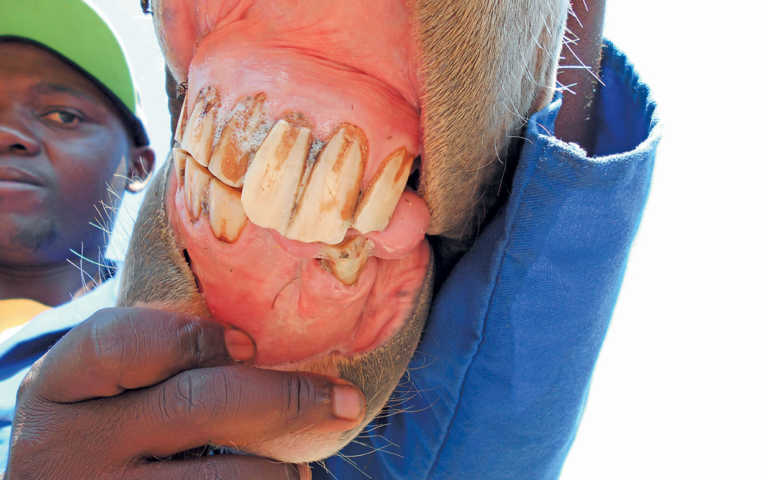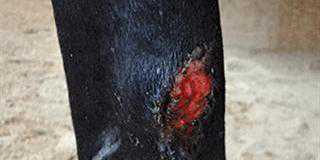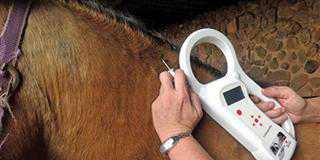
Photo: Dr Mac
Fractures of the lower jaw (the mandibular bone or mandible) often occur in two-year-old colts playing roughly with each other in a herd and getting kicked as a result.
Injuries also occur if a horse falls, runs into a tree or fence, or catches its lower teeth on a sharp projection and struggles to get loose.
The fracture can occur vertically, between the two bars of the mandibular; across the body of the bone, on one or both sides; or at the joint between the jaw and skull.
Discussions on websites mention that even experienced vets have misdiagnosed jaw fractures as ulcers in the mouth or colic, and it’s not unusual for a horse to survive the injury without treatment.
What to look for
If the fracture is vertical through the fusion (symphysis) of the two mandibles, copious quantities of saliva will be produced, and the horse will flap its lower lip up and down.
Tearing of the gum can occur and some of the incisor teeth may be damaged or be missing. Eating can be difficult.
If the fracture occurs through the body of the mandible on each side, signs are severe and the horse is often in pain and unable to eat. The mouth hangs open, the tongue hangs out and the horse drools. This kind of fracture can be fatal without surgical intervention and should be regarded as a veterinary emergency.
If only one shaft of the mandible is broken, it is usually in the region between the molars and the incisors, in the area
riders call the ‘bars’.
Unlike a fracture on both sides, a fracture of one shaft may go unnoticed. The horse has difficulty eating and often becomes head-shy, refuses to be bridled, or rears when led.
As a result, a horse with a fracture through only one shaft of the mandible may simply be labelled a ‘problem’ horse. It may also fight and panic when a dentist tries to put on a gag or open its mouth to look at the teeth.
Sometimes these fractures are identified months or years after they have occurred.
A fracture of the coronoid process, where the lower jaw articulates with the horse’s skull, causes swelling and pain of the affected side, and the horse masticates with a great deal of difficulty. It will be unable to chew hay and may not be able to graze properly.
The upper jaw (maxilla) can also be fractured in different places. In any of these instances, nerve damage may result in partial paralysis of the lower lip.
A vertical fracture through the symphysis or a facture through a single shaft of the mandible can be treated in the field with heavy sedation and local anaesthesia. Wires and a drill are used to stabilise the jaw, after damaged teeth are removed.
After recovery
More extensive fractures need to be treated surgically under general anaesthesia, as the bones are usually stabilised using pins and plates.
A fracture of the coronoid process is often treated conservatively with non-steroidal anti-inflammatory drugs, antibiotics, nursing and soft food (gruel), but surgery may be necessary.
Horses that have recovered from a fractured jaw need regular dentistry, and special bits or bridles may be required.
Dr Mac is an academic, a practising equine veterinarian and a stud owner.













